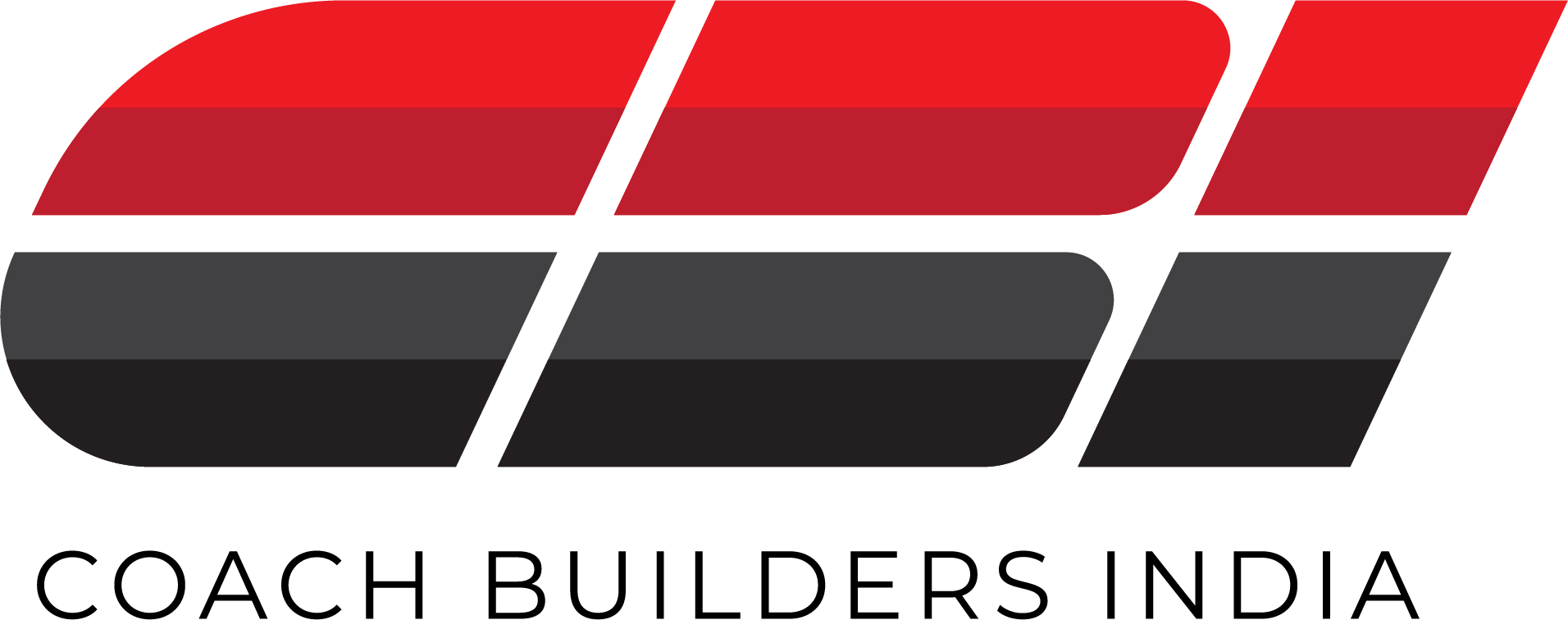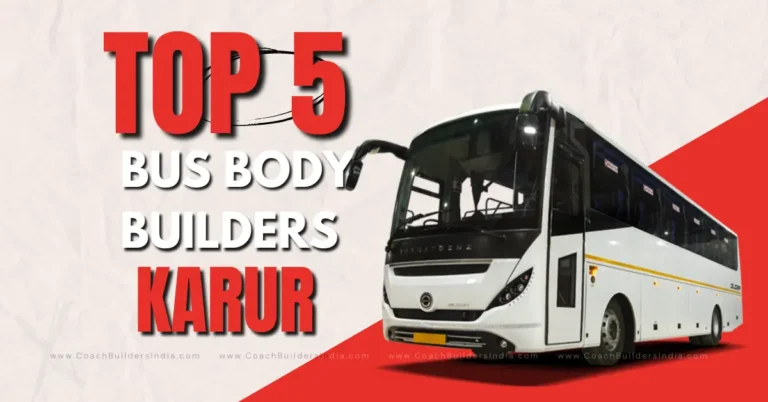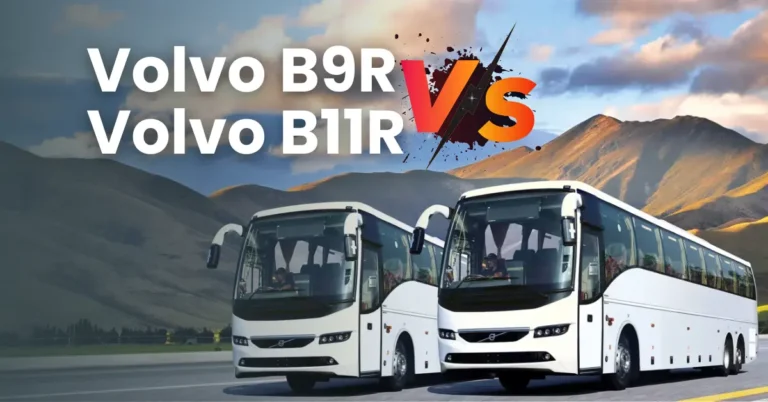From Wood to Steel: The Evolution of Bus Manufacturing at Annonay
Annonay’s journey in bus manufacturing is a remarkable story of industrial transformation, innovation, and heritage. Over the past century, bus manufacturing at Annonay in France has evolved from crafting wooden coach bodies to producing cutting-edge, zero-emission buses, marking its place as a cornerstone in the global bus manufacturing history.

The Annonay plant in Ardèche, France, is not just a production facility—it’s a living monument to 100 years of bus innovation. From wooden-framed coaches in the 1920s to today’s hydrogen-powered urban buses, the Annonay factory reflects the dynamic evolution of bus manufacturing history in Europe.
1925–1951: The Joseph Besset Era – From Coachbuilder to Industrial Visionary
Founded by Joseph Besset in 1925, the facility began as a coachbuilding workshop adapting bus bodies to heavy-duty chassis from Berliet, Citroën, Renault, and others. By 1934, Besset replaced wood with steel body coaches, increasing structural integrity and reducing weight.
A pivotal moment came in 1938 when Besset introduced the Isobloc—Europe’s first self-supporting coach with a rear engine. It revolutionized design by eliminating the need for a separate chassis, a concept soon adopted across the continent.1951–1978: National Integration and Industrial Expansion
Post-war growth saw the plant acquired by Sylvain Floirat in 1951, becoming SACA. It continued producing Isobloc and Floirat-branded models. By 1956, it joined Saviem, Renault’s heavy vehicle arm, initiating a new era of mass production.
Notable milestones:
- 1959: Unified Z 20 series launched with front (ZF 20), mid (ZR 20), and rear-engine (ZI 20) variants.
- 1960s–1970s: Annonay manufactured the SC and S series, including the S 45, S 53, and S 105. Over 35,000 S 45 family vehicles were built, making it Annonay’s most successful line.
In 1965, the SC 10, France’s “standard bus,” debuted, with 11,004 units produced until 1989.
IVECO BUS Factory in Annonay Turns 100: A Century of Innovation in French Bus Manufacturing
1978–1990s: Technological Modernization
After adopting the Renault Véhicules Industriels identity in 1978, the factory launched the FR 1 coach in 1983—an advanced tourism model available in multiple lengths and crowned “Coach of the Year” in 1991.
Other key developments:
- 1991: Tracer coach introduced, with 5,400+ units delivered, including to the French armed forces.
- 1996: Launch of the Iliade, designed for regular and touring services.
- 1997: Production of the Agora CNG, showcasing early adoption of alternative fuels.
2000–2010: New Designs and Alternative Energy
The 2000s brought:
- 2003: Evadys HD for regional and shuttle service.
- 2005: Citelis replaced Agora, available in 10.8m, 12m, and 18m lengths.
- 2007–2010: Magelys range launched and expanded. In 2016, the Magelys Pro won “Coach of the Year.”
2013–Present: IVECO BUS and the Decarbonized Future
Annonay officially became part of IVECO BUS in 2013, focusing on sustainable, low-emission transport solutions. Recent highlights include:
- 2018: Crealis In-Motion-Charging wins “Sustainable Bus of the Year 2019.”
- 2022: Production begins on the GX 137 CNG, exported under the G-WAY name.
- 2024: Urbanway and Crealis “MY 2024” models roll out with ADAS safety systems and GX ELEC and E-WAY BEV models.
- 2025: Production starts on the E-WAY H2, a 12-meter hydrogen bus with fuel cell and battery integration.
Conclusion: 100 Years, One Vision
From handcrafted wood-frame buses to pioneering zero-emission models, Annonay bus manufacturing has been at the forefront of mobility innovation. With more than 35,000 units of the S45 series, over 11,000 SC 10s, and a growing range of electric and hydrogen-powered models, the site exemplifies how tradition and transformation can drive progress in public transportation.
Catch the latest Bus Industry updates, Exclusive Interviews, Bus News, and International Bus News on Coach Builders India. Download the latest issue of the The Bus Insider magazine for more insights.






